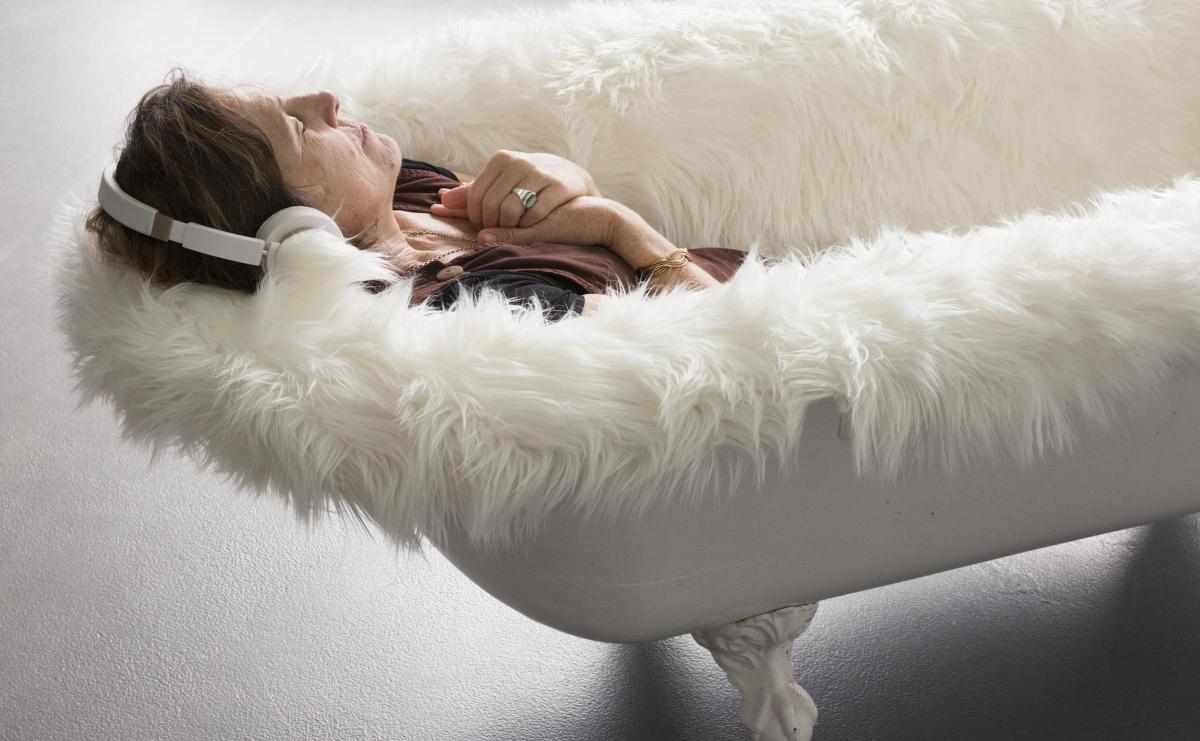QUICK NEWS BITES
What a week! We had staff redundancies at the National Gallery of Australia, drastic cuts at the ABC, a university sector reeling, and then a Federal Government COVID-relief package to wrap it up.
TALKS and OPPORTUNITIES

QUICK NEWS BITES
What a week! We had staff redundancies at the National Gallery of Australia, drastic cuts at the ABC, a university sector reeling, and then a Federal Government COVID-relief package to wrap it up.
TALKS and OPPORTUNITIES